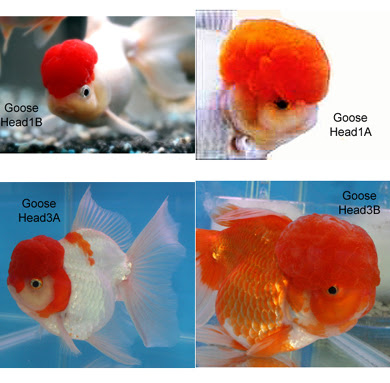Koi Varieties
Koi Varieties
An excerpt from a post that originally appeared on http://www.caribbeannishikigoi.com/
There are numerous varieties of Koi and it is the result of selective breeding and cross-development, which created different varieties and sub varieties and each has unique name. These Koi are developed from common carp.
About Koi
History
Nishikigoi or "Koi" as they are more commonly known are a popular ornamental variety of the
Common Carp(Cyprinus carpic) that are bred and kept for decorative purposes in ponds and aquariums all over the world. When one considers the fact that Koi has developed into one of the most beautiful and expensive ornamental fishes in the world, with the color possibilities virtually endless, it is remarkable to think that the elaborate specimens we see today developed from the lowly Common Carp, which was originally kept as a food fish.
Origin
The origin of Koi dates back to about 200 years ago in Japan, where the Japanese rice farmers practiced keeping common carp was quite drab colored, the farmers began to discover that they could selectively breed the fishes with naturally occurring color variations to produce a variety of unique colors and patterns. By the 20th century a number of color patterns had been established, and when the Koi were exhibited at an annual exposition in Tokyo, national interest in Koi keeping exploded throughout Japan. When Emperor Hirohito was presented with Koi fishes for his Imperial Palace moat in 1914, Interest in these remarkable creatures grew even further, and owning Koi fishes became something of a status symbol in Japan.
Today, Koi keeping has become a world-wide hobby, popular with both pet owners and breeders alike. With over 80 stunning color patterns and new varieties still being developed, it is no wonder that these magnificent and impressive creatures are referred to as the "Living Jewels" and the "Kings of Ornamental Fish".
Koi Varieties
- Asagi
- Doitsu Koi
- Gin Rin
- Kohaku
- Koromo
- Tancho Sanke
- Taisho Sanke
- Showa Sanshoku
- Tancho
- Shiro Utsuri
- Hi Utsuri
- Ki Utsuri
- Shusui
- Matsuba
- Platinum Ogon
- Yamabuki Ogon
- Kujaku
- Hariwake
- Kikusui
- Kumonryu
- Beni Kumonryu
- Chagoi
- Soragoi
- Ochiba Shigure
- Goromo
- Goshiki
- Kikokuryu
- Shiro Bekko
- All Pages



Comments
Post a Comment